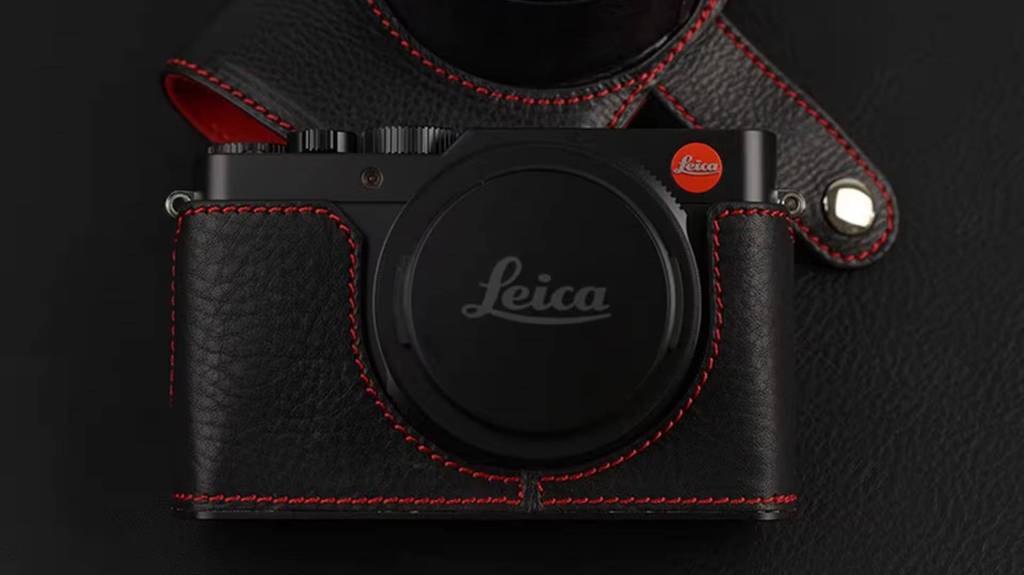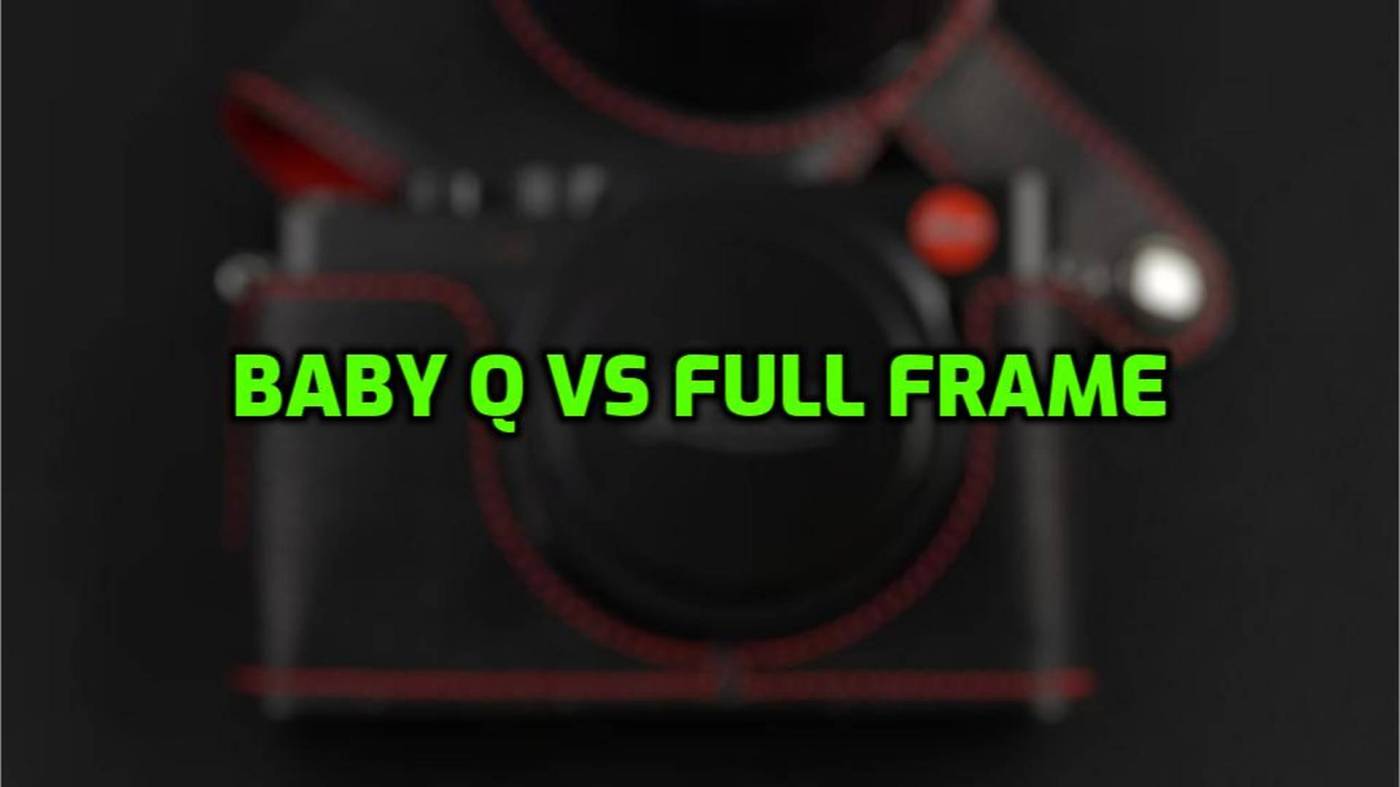Intro:
For any photographer, the temptation to upgrade to the latest, most powerful gear is a constant pull—especially when something as enticing as a full-frame camera like the Lumix S5 is within reach. Yet, after a lot of thought, I realized that more doesn’t always mean better. Sometimes, finding the right tool is less about technical specs and more about understanding what truly complements your shooting style and creative needs. In this article, I’ll take you through the thought process that led me to an unexpected choice—a camera that’s earned its own cult following and fits perfectly into my lineup, even if it isn’t the latest or greatest on paper.
My Decision Making Process:
A few weeks ago, I found myself seriously considering the full-frame Lumix S5. The temptation was strong, fueled by a little “GAS” (Gear Acquisition Syndrome) — we’ve all been there! But after some careful thought, I decided it’s just not the right path for me. Don’t get me wrong, the S5 is a fantastic camera with a great price point, but full-frame isn’t really where my focus lies right now.
My current setup already brings me a lot of satisfaction, especially for my main subjects: birds and wildlife. My Olympus/OM System cameras provide everything I need on that front, while my two Leica T cameras, with their slightly larger APS-C sensors and signature Leica color profiles (both in color and black & white), are perfect for landscapes, architecture, and street photography.
The one gap in my setup is a premium everyday compact camera—something more or less pocketable. I enjoy my Olympus TG models for their portability, but their small sensors (1/2.3″) limit image quality, especially compared to a Micro Four Thirds sensor, which is around 8-9 times larger. It’s not a big issue, as the TG delivers acceptable results for my uses, but a compact camera with a higher-resolution sensor would be a welcome addition, especially for day trips or travel when I’d rather not carry a full setup with extra lenses.
Compact cameras with larger sensors are scarce, and most have limitations, like fixed lenses. I’ve owned the original Fuji X100 with a fixed lens, and I don’t want to go that route again. Another drawback with many compact cameras is motorized zooms, which I’m hesitant about due to reliability issues. I’ve had compact cameras with motorized zooms that developed problems over time—an all-too-common issue, as evidenced by the many defective models sold for parts on resale sites.
So, what are my options? There’s the Ricoh GR, the Fuji X100, Panasonic LX100, Sony RX100, and a few others. So, whichever way I looked at it, it was either living with a fixed lens or setting aside my biases against motorized lenses. There seemed to be little other choice, but which camera would be reliable enough ? Recently, in my extensive reading and research, I came across the “Baby Q,” also known as the Leica D-Lux Type 109. Many articles and reviews refer to it as a “rebadged” Lumix LX100. This camera, though an older model released in 2014, gained popularity quickly and has now achieved a cult status, both in Leica and Lumix version.
Cult classic or not, the Leica Type 109 is indeed made in Japan rather than Germany, but I also found out that the Lumix LX100 did not came from the same production line, apparently it was made in China. So, maybe the 109 is a little bit better made. Either way, it does have a Leica-tuned engine under the hood, which makes a difference in JPEG output quality compared to the Lumix. Having had such a positive experience with my Leica T, and knowing that this “rebadged” Type 109 would offer the true Leica JPEG look, I was instantly intrigued.
Earlier reviews often recommended the Lumix LX100 over the Leica version due to its lower price, however, because of its “cult” status, the LX100’s price has now nearly caught up with the Leica D-Lux Type 109. With the differences in image output, I found myself leaning toward the Leica – and I set aside my prejudices about motorized zooms one more time for the Baby Q.
By chance, I met a professional photographer who was looking to sell one of his two “Baby Qs” for a good price—an offer I couldn’t pass up. So, to cut a long story short, I’m now eagerly awaiting the arrival of my very own “Baby Q” and can’t wait to start shooting with it !

Back to the Future: A Classic Camera Reborn for the Digital Age :
Just a quick note about yesterday’s poll—on whether you’d consider buying a classic camera that works digitally instead of with film. Really, it’s about whether you’re satisfied with the way cameras are made nowadays.
Unfortunately, I haven’t had many visitors yet, but the preliminary results are:
- YES: 57.14%
- NO: 28.57%
- Undecided: 14.29%
I’ll keep an eye on it over the weekend and share the final result on Monday..
Discover more from Open Source Photography
Subscribe to get the latest posts sent to your email.




You’ll enjoy that D-Lux when you get it! They are really great cameras, and funny enough, a friend of mine recently picked one up and he loves it! A wonderful article Marc, nicely written.
LikeLiked by 1 person
Hi Mark,
Thanks so much! And yes, it’s such a funny coincidence. I really appreciate you mentioning it—it gives me a bit more confidence that I might have made the right choice. Of course, whether a camera truly suits someone is always a personal thing. Now, it’s just a matter of waiting until I have it in my hands!
Wishing you a great day, Mark !
LikeLiked by 1 person
Hello Marc, thanks for that interesting post. I also consider to buy that little Leica and I‘m looking forward to your photos with it. Best wishes Walter
LikeLiked by 1 person
Hi Walter,
Thank you for your comment! At the moment, I’m still waiting for delivery, which is expected sometime mid to late next week. I’m really looking forward to it, though.
From the research I’ve done, there are three main options to choose from: the D-Lux Type 109 with 13 megapixels, the D-Lux 7 with 17 megapixels, and the latest version, the D-Lux 8, also with 17 megapixels. The price differences are significant—while the D-Lux 109 costs about half the price of the D-Lux 7, the D-Lux 8 is priced at around €1,600 new. Personally, I think 13 megapixels is more than enough for personal use and sharing photos online.
Weather permitting, I hope to share some first photos soon!
Thanks again, Walter. Have a great day, and talk soon!
Best,
Marc
LikeLike
Just voted a yes. In the past I might have said no, but I think the time is right for this. A nice Pentax Spotmatic please…
LikeLiked by 1 person
Thanks for the vote Ted ! and yes, I also would like to have a Spotmatic again 🙂 especially if it takes digital photos !
Have a great evening – morning – lunch … 🙂
LikeLiked by 1 person
Must be digital…at least for me.
LikeLiked by 1 person
Digital or Film: It really depends on your purpose and creative style. Factor in this equation process and outcome. What is it hat warms your heart? Same thing goes for the use of vintage lenses on digital cameras.
LikeLiked by 1 person
Thank you for your comment, Gloria.
I completely agree with you! However, it’s not just the choice between film and digital that can make a difference. Another important factor is whether a camera offers true creative freedom. For example, cameras from the 1970s allowed users to adjust settings like shutter speed, ISO, and aperture manually, using physical dials—unlike today’s models, which often rely on electronics, command wheels, and fly-by-wire focusing systems.
In any case, have a wonderful weekend, and thanks again for sharing your thoughts!
Marc
LikeLike
Totally agree, Marc! You too!
LikeLiked by 1 person
Great article but now my GAS has been reactivated 😊
LikeLiked by 1 person
Haha! Well, James, do you know the classic advice for dealing with a hangover? That’s right—just start drinking again! So, why fight against the GAS ? 😉
Have a great weekend!
Marc
LikeLiked by 1 person
I have “GAS” … :-[ I just stoped my self at Nikon Z8 and Z6 III, in the cart. I feel bad now.
LikeLiked by 1 person
Well, since you’ve already made the purchase, you might as well enjoy it—so go out and start shooting! Who knows, it might even help you overcome your GAS. And if not… maybe the solution is to buy just a little bit more. It’s like they say about a hangover: the best cure is sometimes another drink, right? 😉
LikeLiked by 1 person
Yes, I absolutely agree with YOU! … and I am going to get additional Z8 and 6III vertical grip now. 🙂
LikeLiked by 1 person
good for you ! now you’re talking ! 🙂
LikeLiked by 1 person
I am very GAS(sy) … 🙂
LikeLiked by 1 person